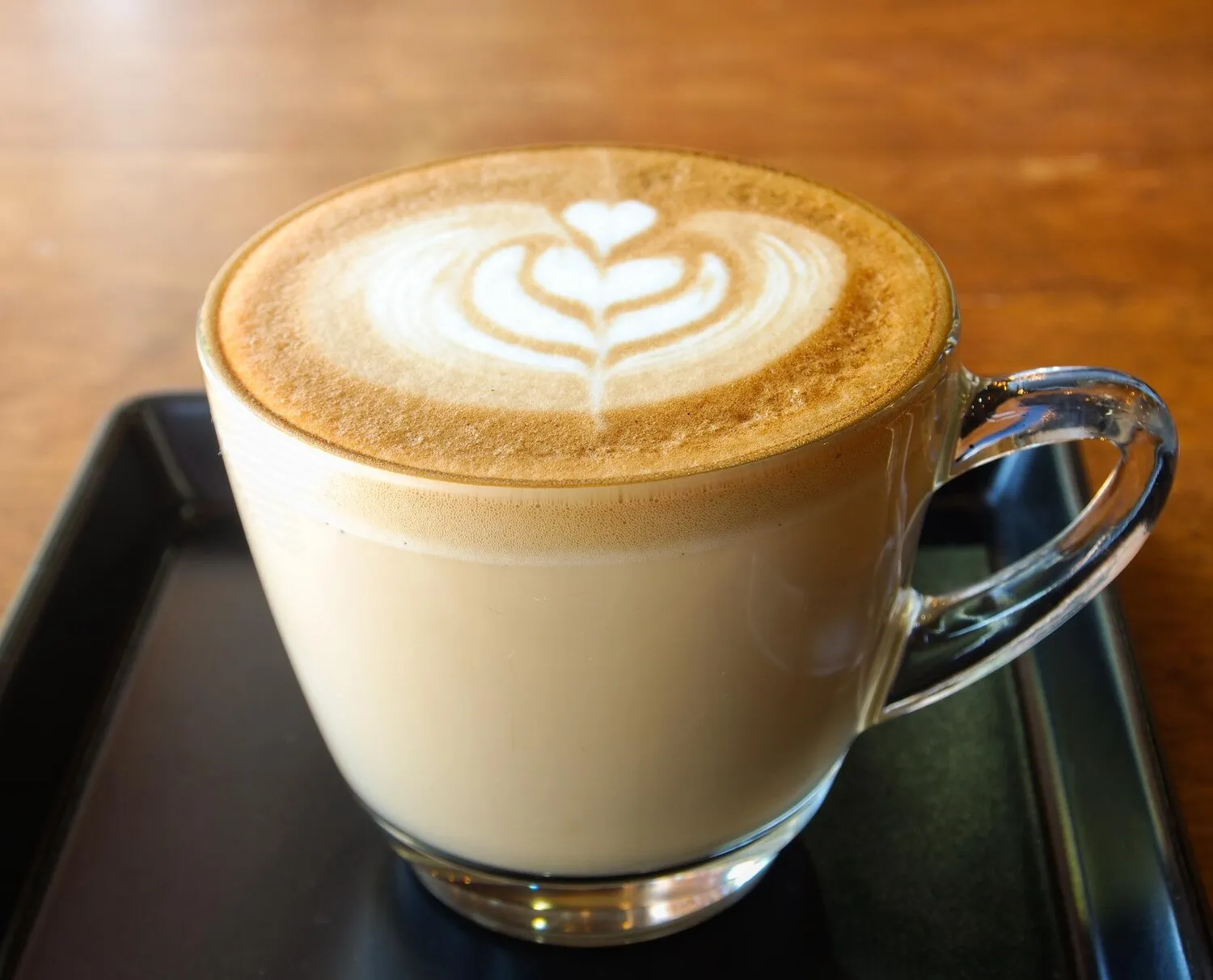
Cappuccino
A classic Italian coffee beverage made with espresso and steamed milk, topped with a thin layer of foamed milk.
Nutrition Facts
* The % Daily Value (DV) tells you how much a nutrient in a serving of food contributes to a daily diet. 2,000 calories a day is used for general nutrition advice.
The cappuccino's origins can be traced back to the Viennese 'Kapuziner' coffee in the 18th century, a beverage that included coffee with cream and sugar. The modern cappuccino as we know it evolved in Italy during the early 20th century, becoming more refined with the introduction of espresso machines and improved milk frothing techniques.
The cappuccino is deeply ingrained in Italian coffee culture and is often enjoyed as a morning beverage, typically before 11 AM. It's viewed as a social ritual and a way to start the day.
Morning Tradition
In Italy, it's considered unusual to order a cappuccino after 11 AM, as it's primarily considered a breakfast drink. Ordering one later in the day might be perceived as a touristy thing to do.
Social Ritual
Cappuccinos are often enjoyed at coffee bars (bars) where people gather to socialize, read newspapers, and catch up with friends before starting their workday.
Simplicity and Quality
The emphasis is on the quality of the ingredients and the skillful preparation of the espresso and milk foam. Simplicity is valued over elaborate additions.
The cappuccino offers a balance of bold espresso, creamy steamed milk, and light, airy foam, creating a harmonious blend of bitter and sweet flavors with a smooth, velvety texture.
The primary flavor is, of course, coffee from the espresso shot, delivering a rich, slightly bitter, and aromatic experience. The steamed milk adds a sweetness and creaminess that softens the espresso's intensity. The milk foam provides a light, airy texture that complements the liquid elements. The drink's overall flavor profile can vary depending on the quality of the espresso beans and the milk used. Sometimes chocolate powder or cinnamon is added to enhance the flavors.
Espresso Quality
Use high-quality, freshly ground espresso beans for the best flavor. A well-extracted espresso shot is the foundation of a great cappuccino.
Milk Temperature and Texture
Steam the milk to a temperature of around 140-160°F (60-70°C) to achieve a smooth, velvety texture. The foam should be fine and micro-foamed, not large and bubbly.
Milk to Espresso Ratio
The classic cappuccino ratio is 1/3 espresso, 1/3 steamed milk, and 1/3 milk foam. Adjust this ratio to your preference.
Pouring Technique
Gently pour the steamed milk into the espresso, holding back the foam initially. Then, spoon the foam on top to create a distinct layer.
Explore additional Coffee dishes and restaurants
Explore CoffeeDiscover top dining spots and culinary experiences in Bergamo.
Explore BergamoLearn more about the food culture, restaurant scene, and culinary heritage of Italy.
Explore Italy